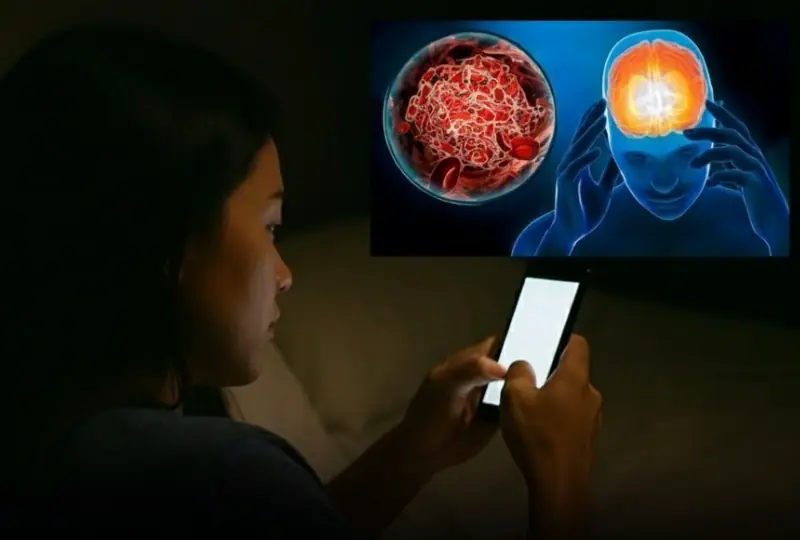
Drinking coffee at the wrong time can ha.rm your heart

Drinking coffee at inappropriate times can negatively affect cardiovascular health, yet many people unknowingly maintain this habit.
Coffee is one of the most popular beverages worldwide, often consumed to start the day or to stay alert throughout it. However, consuming coffee at the wrong time not only reduces the effectiveness of caffeine but can also adversely impact your heart, nervous system, and digestive tract. Studies indicate that 90% of Vietnamese people unintentionally make this mistake without realizing its harmful effects.
How Can Drinking Coffee at the Wrong Time Harm Your Heart?
Caffeine in coffee stimulates the nervous system, helping you stay awake and boosting energy. But if consumed at improper times, coffee can negatively affect blood pressure, heart rate, and digestion.
Here are the times you should avoid drinking coffee to protect your cardiovascular health:
1. Immediately After Waking Up
Upon waking, your body naturally produces cortisol - a hormone that promotes alertness. Drinking coffee right after waking interferes with this natural process, reducing cortisol’s effectiveness and increasing your dependence on caffeine. This can also cause sudden increases in heart rate, putting stress on your cardiovascular system.
2. On an Empty Stomach
Drinking coffee on an empty stomach is particularly harmful. Coffee is highly acidic and can stimulate excessive gastric acid secretion, damaging the stomach lining and increasing risks of ulcers or acid reflux. Additionally, caffeine can overstimulate the nervous system, causing palpitations, anxiety, and impaired nutrient absorption.
3. Late Afternoon or Evening
Caffeine’s half-life is between 6 to 8 hours, meaning if you drink coffee at 4 PM, caffeine could remain in your system until 10 PM or later. This may lead to insomnia, poor sleep quality, disrupted circadian rhythms, and reduced productivity the following day.
4. Excessive Coffee Consumption Throughout the Day
The FDA recommends adults consume no more than 400 mg of caffeine daily (about four cups of coffee). Excessive intake can increase blood pressure, cause irregular heart rhythms, raise stroke risk, and lead to dehydration and bone density loss due to calcium depletion. It can also heighten anxiety and irritability, negatively impacting mental health.
Ideal Times to Drink Coffee Without Ha.rming Your Health
By drinking coffee at the right times, you can enjoy its benefits without compromising your health. Here are optimal windows to enjoy your coffee:
-
Between 9 AM and 11 AM: Cortisol levels drop slightly during this period, allowing caffeine to boost alertness effectively without disrupting your body’s natural energy production.
-
Between 1 PM and 3 PM: Post-lunch coffee helps maintain alertness, improves focus, and enhances work performance.
-
30 Minutes to 1 Hour After Breakfast: Drinking coffee after breakfast reduces negative effects on your stomach and digestive system, protecting your gastric lining.
Additional Tips
-
Choose black coffee or coffee with minimal sugar rather than sweetened condensed milk or sugary varieties.
-
Avoid overly strong coffee or frequent consumption throughout the day to prevent cardiovascular stress.
-
Remember to drink plenty of water to stay hydrated and maintain bodily balance.
By being mindful of when and how you drink coffee, you can protect your heart health while still enjoying the stimulating benefits of this beloved beverage.
News in the same category


If you often notice ringing in your ears, this might be a sign that you are dealing with an underlying health issue
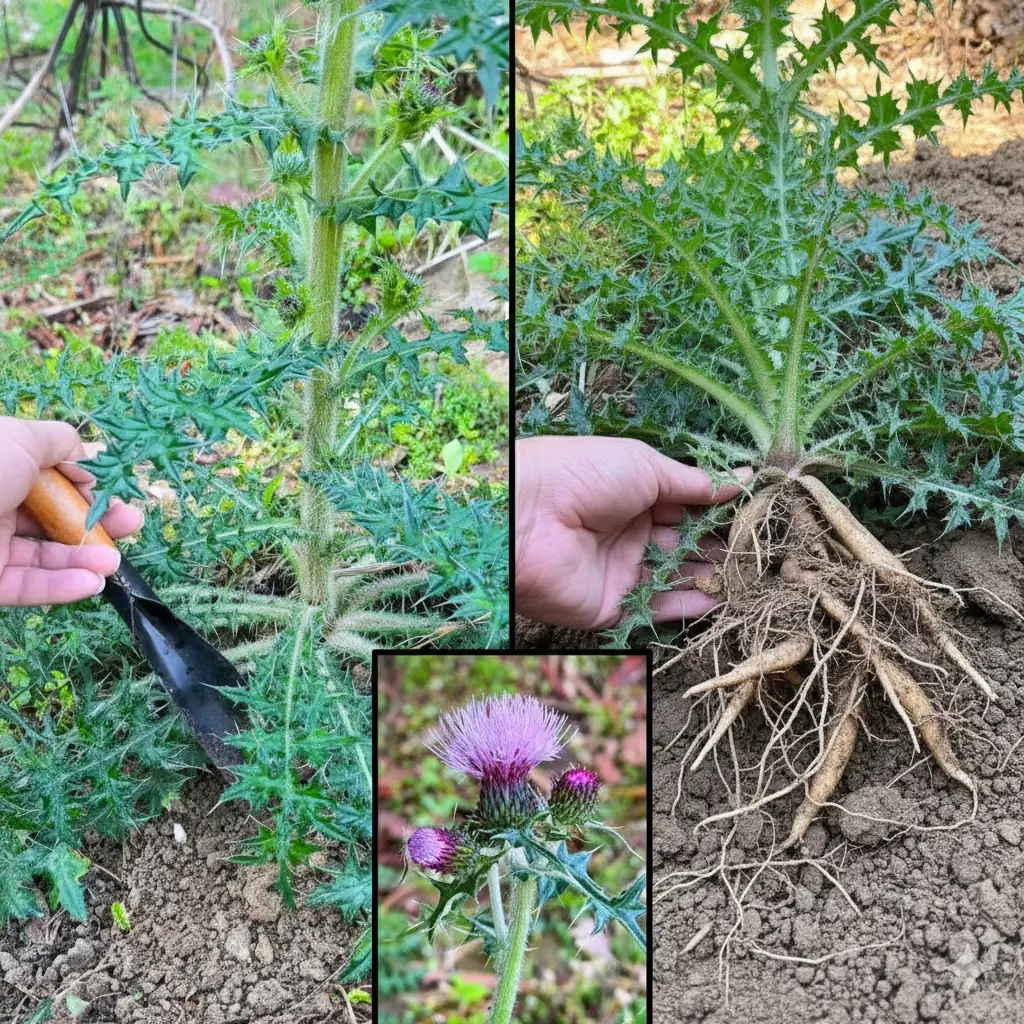
Bull thistle (Cirsium vulgare): A wild plant with surprising benefits

3 morning symptoms of people with undiagnosed can.cer

Common routines you ignore every day that may raise your risk of colon cancer

7 Powerful Exercises to Relieve Heel Pain and Treat Plantar Fasciitis Naturally
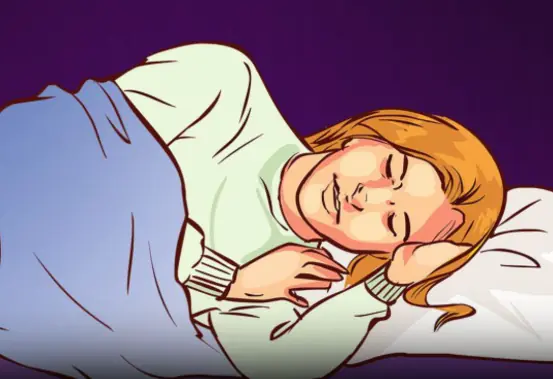
Important News for Everyone Who Loves a Daytime Nap

Man Says Goodbye To His Wife As They Took Her Off Life Support, But Then She Utters 5 Words

The Vitamin & Mineral Deficiencies That May Be Behind Leg and Bone Pain
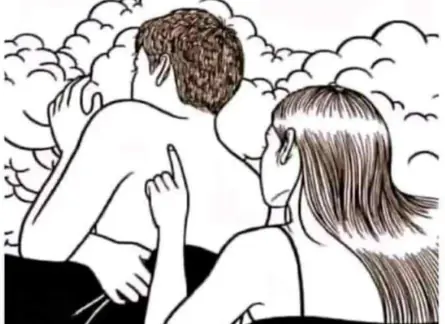
What it says about your relationship when your partner sleeps with their back to you

Surprising Causes Of Hives Revealed — What May Be Triggering Your Skin Reaction

4 foods to eat on an empty stomach in the morning to cleanse the gut, boost digestion, and lower cancer risk

7 Ways How To Deal With A Cheating Husband

People who nap during the day should definitely read this
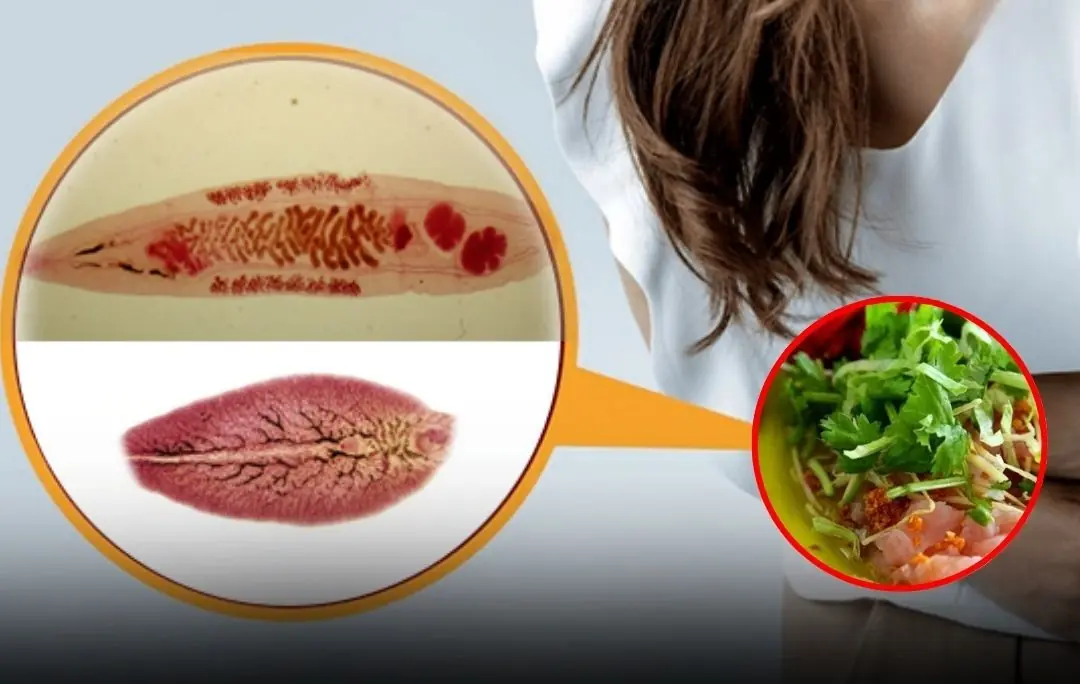
How your daily eating habits could expose you to liver fluke infection
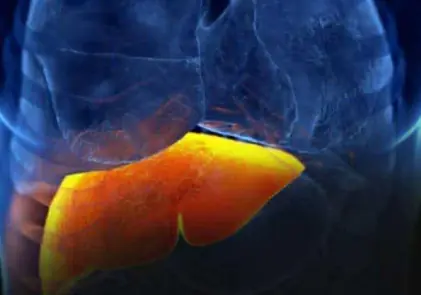
Science backs it up: 3 fruits that fight fatty liver, regulate sugar and cholesterol
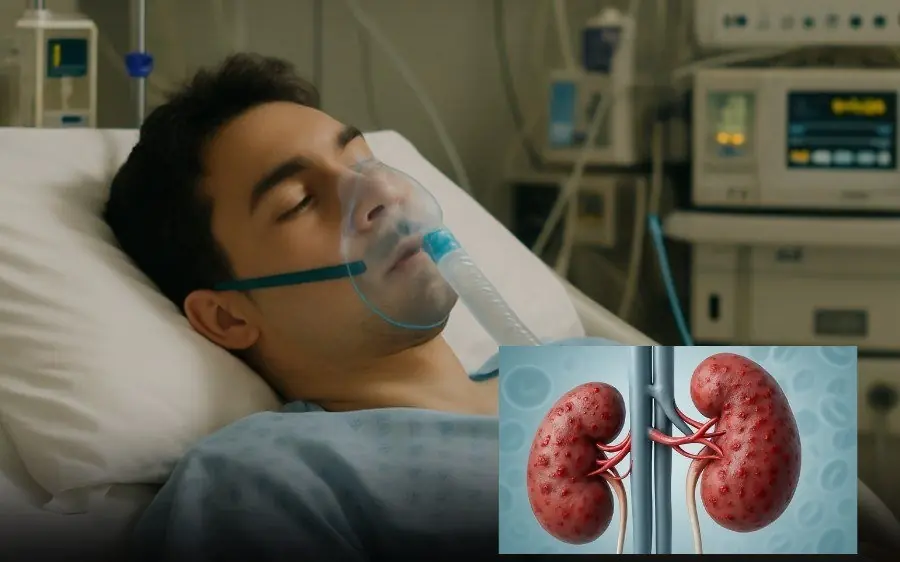
21-year-old male student with severe kidney and heart fai.lure: The “culprit” is a familiar drink, not al.cohol

7 Signs of Mini Stroke in The Elderly

It’s More Than Stress! Doctors Say This Symptom Shouldn’t Be Ignored

8 signs of kidney failure that if ignored may require lifelong dialysis
News Post
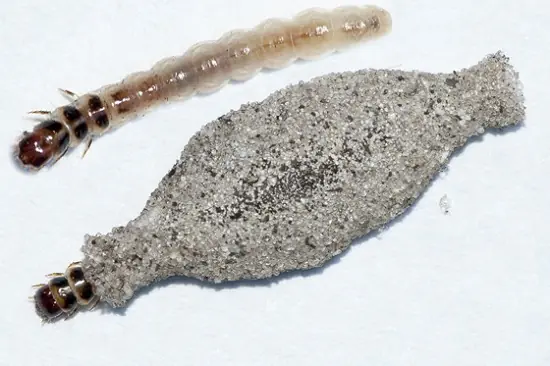
Tiny “Bags” on your walls? Here’s what they really are and how to get rid of them for good

5 nighttime habits doctors warn may raise the risk of str.oke

Why we help waiters: The psychology behind a simple act of kindness

If you often notice ringing in your ears, this might be a sign that you are dealing with an underlying health issue

Bull thistle (Cirsium vulgare): A wild plant with surprising benefits

Stuffed Lemon Cookies

3 morning symptoms of people with undiagnosed can.cer

Common routines you ignore every day that may raise your risk of colon cancer

7 Powerful Exercises to Relieve Heel Pain and Treat Plantar Fasciitis Naturally

This Button on Your Car Key Is Something 90% of Owners Have Never Used — Yet It Could Save Your Life in an Emergency

Important News for Everyone Who Loves a Daytime Nap

Man Says Goodbye To His Wife As They Took Her Off Life Support, But Then She Utters 5 Words

The Vitamin & Mineral Deficiencies That May Be Behind Leg and Bone Pain

What it says about your relationship when your partner sleeps with their back to you

Surprising Causes Of Hives Revealed — What May Be Triggering Your Skin Reaction

4 foods to eat on an empty stomach in the morning to cleanse the gut, boost digestion, and lower cancer risk

7 Ways How To Deal With A Cheating Husband

People who nap during the day should definitely read this

Say Goodbye to Joint and Foot Pain with a Relaxing Rosemary Bath
